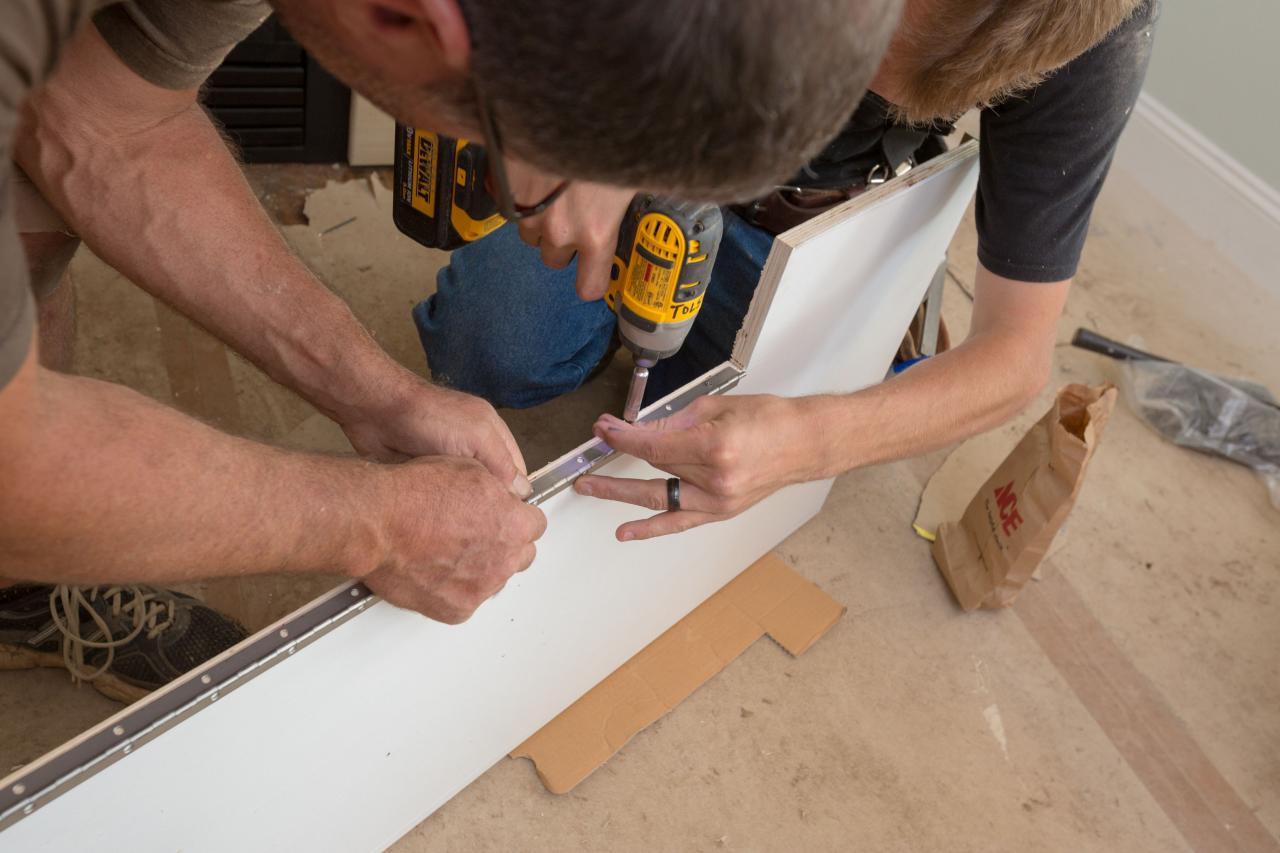How to Build a TV Lift Discreetly Tucked Behind a Fireplace Mantel

Table lifts are quite common and come in a variety of setups. Building a motorized television lift has, however, always been an expensive project and one that is limited by the size of the television in question along with the place where the TV is to fit. Some of the TV sizes have in the past ben limited to wall mounts or simply stands due to lack of better options with regard to motorizing a lift. However, with a range of much cheaper equipment and parts, it is possible to build a relatively cheap TV lift and in the custom placement of the user by choice. This however, requires that the user is an experienced person with regard to DIY projects. There is a total of an estimated six steps that one can follow and have a TV lift working in the comfort of their home or wherever it is that they want the set up.

The first step to setting up the motorized TV lift involves the selection of the appropriate linear actuator. A linear actuator is composite of an electric motor, a worm drive and a track. When twelve volts of power are fed to the motor in one direction, this produces movement in a bracket that moves up the track. If it the opposite direction is the applied, the bracket then moves down the track. Actuators tend to come indifferent types and stroke lengths and different weight capacities. There are those that come with limit switches which make wiring and installations very easy. It is important to note that the right linear actuator choice is crucial to the success of the project and overall delivery. As such, when selecting the right actuator, it is crucial that the user choses one that has a higher weight capacity that the weight of the TV and stroke length that at least one to two inches longer than the height of the TV. The speed of the actuator is also crucial to consider, relative to the distance the lift has to travel and the time to do the same.
The second step involves selecting a switch. In this case, the wiring is quite easy give that that, there are only two terminals and a 12 volts battery kit. As such all that is needed in this case is a double pole double throw switch that is rated at 1 volts and 10 amps. When the switch is flicked up, the TV comes up and the opposite lowers the TV. However, it is also possible to set up a stealthier system that applies the use of a remote. Using a simple remote control unit, provides the user built in relays for the switch functions, requiring only two sets of wires. It is crucial that the user also gets a wall plug transformer that is rated at 50% over the actuator amperage.
The third step involved the installation of the actuator, which is ideally placed behind the TV. The user at this stage should enlist the help of a licensed electrician to have all the wires in this area deactivated temporarily. After, this the user should locate all the studs in the vicinity and then the drywall on the inside of the adjacent studs. It is also possible to install on the exterior of the wall, provided that the enclosure allows. Where the wall has been removed, the 5/8’’ is then placed on the cavity avoiding moving the insulation. The location of the actuator should be such that it protrudes ¾’’ from the wall depth-wise while height wise it should be close to the top of enclosure. The actuator should be mounted using woodscrews on the plywood.
In the fourth step, the user creates an operable door. Given that the TV will be hidden when not in use, there is need for an operable door that opens and closes over the TV enclosure. This can be achieved through the use of a piano hinge on the mantel top, such that a 4’’ by 30’’ piece of plywood closes over the TV when it is drawn into the enclosure. The backside of the door should have some felt pad to prevent there being contact with plastic bezels of the TV.
In the fifth step of the project, the user creates a mounting plate and installs the TV. Using a piece of plywood, the user creates a mounting plate that is attached to the actuator brackets and to the back of the TV.by using a large piece of paper, the user can take the positions of the screws which are th en transferred onto the plywood/plate. The TV is then mounted using ½’’ by 1’’ bolts, washers and locknuts on the brackets of the actuator. It is also important that a wood block is installed on the mounting plate so that the door to enclosure stays open when the TV is up, to prevent damage to the TV during movement in and out of the enclosure against the door. The last stage to the project is sanding the TV mounting plate and painting it to blend with the color of the surrounding walls or that of the TV. After which the TV can be remounted and all the cables are hooked up. Then lastly test to see that setup is working properly and safely.
en transferred onto the plywood/plate. The TV is then mounted using ½’’ by 1’’ bolts, washers and locknuts on the brackets of the actuator. It is also important that a wood block is installed on the mounting plate so that the door to enclosure stays open when the TV is up, to prevent damage to the TV during movement in and out of the enclosure against the door. The last stage to the project is sanding the TV mounting plate and painting it to blend with the color of the surrounding walls or that of the TV. After which the TV can be remounted and all the cables are hooked up. Then lastly test to see that setup is working properly and safely.





